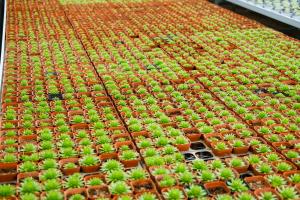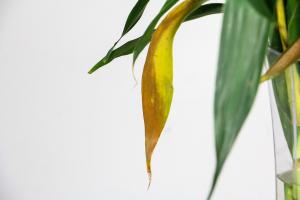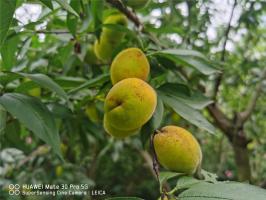Can Tomato Plants Grow in Peatmoss?
When it comes to growing vegetables, including tomatoes, many gardeners are always looking for the best growing medium that will help their plants produce the best yield. One such medium that has gained popularity among gardeners is peatmoss. But can tomato plants grow in peatmoss? Let's explore and find out.
What is Peatmoss?
Peatmoss, also known as sphagnum peat or sphagnum moss, is a brown fibrous material that is harvested from peat bogs. Peat bogs are wetlands that have accumulated decayed plant materials over thousands of years. Peatmoss has become a popular growing medium among gardeners because of its unique physical and chemical properties.
Benefits of Using Peatmoss as a Growing Medium
There are several benefits to using peatmoss as a growing medium. One of the main benefits is that it has excellent water retention properties. This means that the plant can absorb water from the peatmoss even when the surrounding environment is dry. Peatmoss also has a low pH, which makes it an ideal growing medium for acid-loving vegetables such as tomatoes.
Moreover, peatmoss is a good source of organic matter, which provides essential nutrients that plants need to grow. It is also sterile, which means that it does not contain any weed seeds, pests, or diseases that may harm the plant.
Can Tomato Plants Grow in Peatmoss Alone?
Tomato plants can grow in peatmoss alone, but it is not advisable to use it as the sole growing medium. Peatmoss has limited nutrient content, so the plant will not get all the nutrients it needs from the medium. Adding other amendments such as perlite or vermiculite to peatmoss can help improve its nutrient content and aeration.
How to Use Peatmoss for Growing Tomato Plants
If you want to use peatmoss as a growing medium for your tomato plants, it is crucial to prepare it correctly. Start by soaking the peatmoss in water for about 24 hours to rehydrate it. After that, mix it with other amendments such as perlite or vermiculite to improve its nutrient content and drainage. A good rule of thumb is to mix one part peatmoss with one part perlite or vermiculite.
You can also add organic fertilizers to the mix to provide the plant with the essential nutrients it needs to grow. Once you have created your growing medium, fill your container or raised bed with it and plant your tomato seedlings. It is advisable to water regularly and fertilize the plant as needed.
In Conclusion
Peatmoss is an excellent growing medium for tomato plants, but using it alone is not advisable. It lacks essential nutrients that the plant needs to grow, so adding amendments such as perlite or vermiculite can help improve its nutrient content and aeration. Overall, using peatmoss as part of your growing medium can help your tomato plants produce a bountiful harvest.

 how many times do yo...
how many times do yo... how many planted tre...
how many planted tre... how many pine trees ...
how many pine trees ... how many pecan trees...
how many pecan trees... how many plants comp...
how many plants comp... how many plants can ...
how many plants can ... how many plants and ...
how many plants and ... how many pepper plan...
how many pepper plan...































